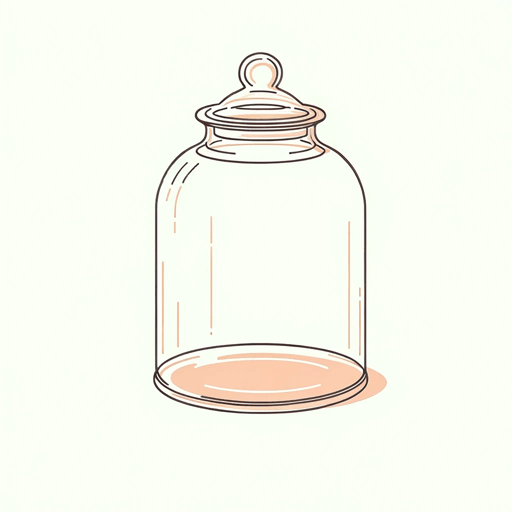51 pages • 1 hour read
Sylvia PlathThe Bell Jar
Fiction | Novel | Adult | Published in 1963A modern alternative to SparkNotes and CliffsNotes, SuperSummary offers high-quality Study Guides with detailed chapter summaries and analysis of major themes, characters, and more.
Themes
Reckoning with Womanhood in 1950s America
Although Esther’s depression and mental break are primarily caused by her brain chemistry, her struggle is inseparable from the experiences she endures as a young woman in the 1950s. The society she lives in sorts men and women into separate and unequal categories, and Esther’s already shaky sense of identity is weakened by the stress of living up to misogynistic standards. Gendered violence and social pressure accelerate her descent into depression, and after her suicide attempt she has to reckon with her relationship to her gender.
At the age of 19 in 1953, Esther is entering adulthood during a decade which marks a turning point for women. Traditional ideas about womanhood still dominate, with people like Buddy Willard and Mrs. Greenwood believing that women should be homemakers who prioritize marriage and motherhood. Yet alternative paths already exist: women like Philomena Guinea and Jay Cee model the possibility of a life centered around career success rather than marriage.
As she tries to sort out her plan for adult life, Esther is inundated with contradictory messages about who she can be and what she can do. She feels like she wants too much and worries that her desires for love, sexual freedom, and a successful career are mutually exclusive.
Related Titles
By Sylvia Plath

Ariel
Sylvia Plath
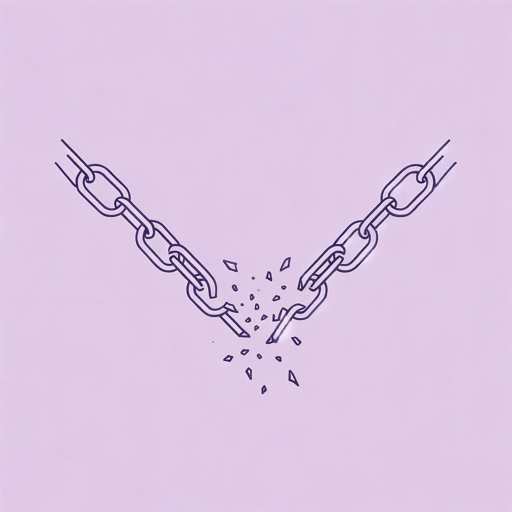
Daddy
Sylvia Plath
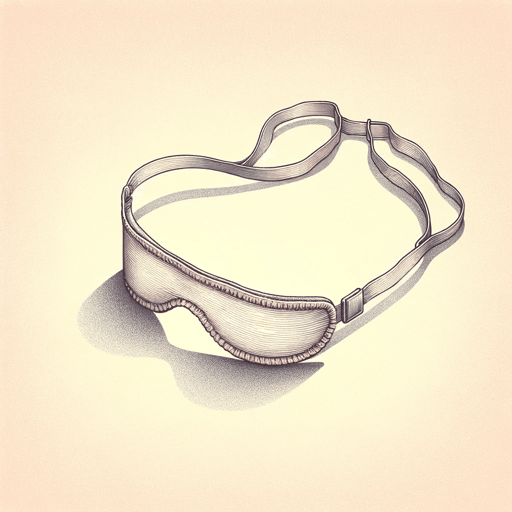
Initiation
Sylvia Plath
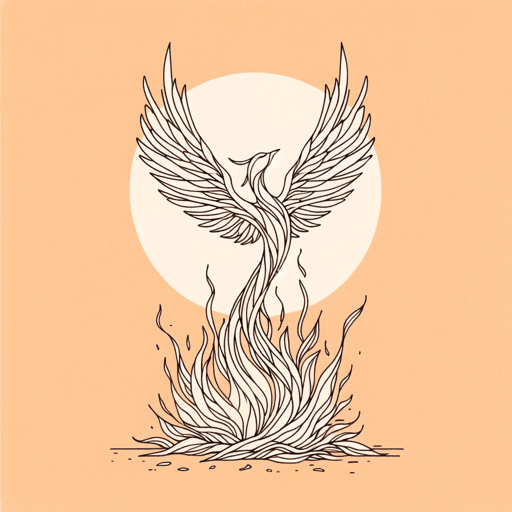
Lady Lazarus
Sylvia Plath
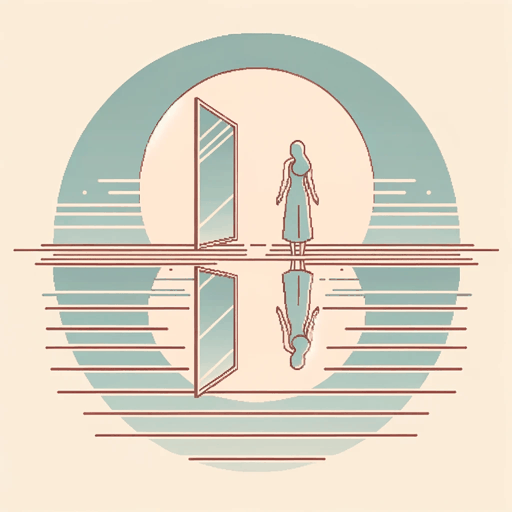
Mirror
Sylvia Plath
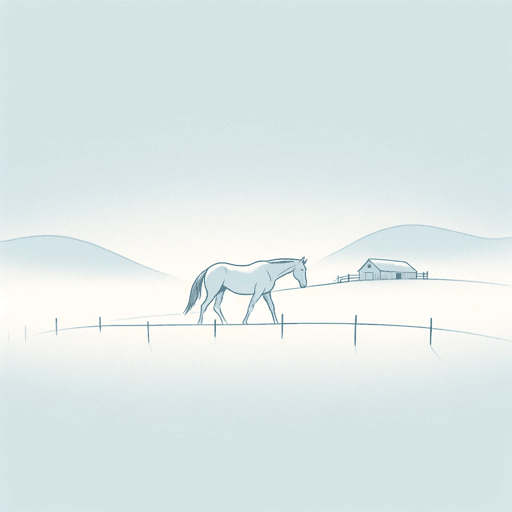
Sheep In Fog
Sylvia Plath
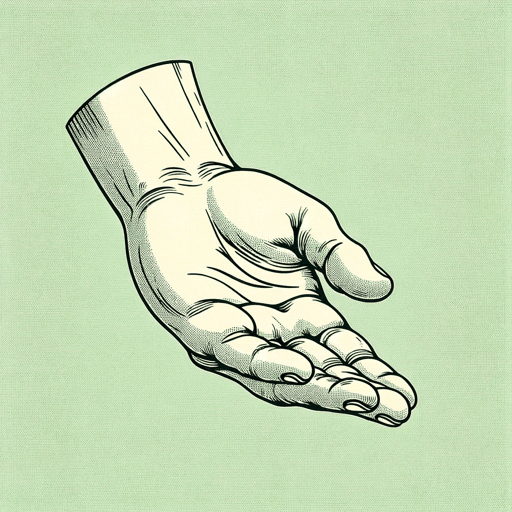
The Applicant
Sylvia Plath

The Disquieting Muses
Sylvia Plath

The Munich Mannequins
Sylvia Plath
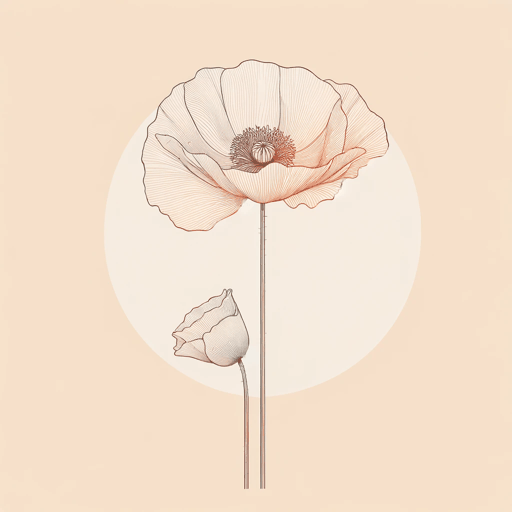
Two Sisters Of Persephone
Sylvia Plath
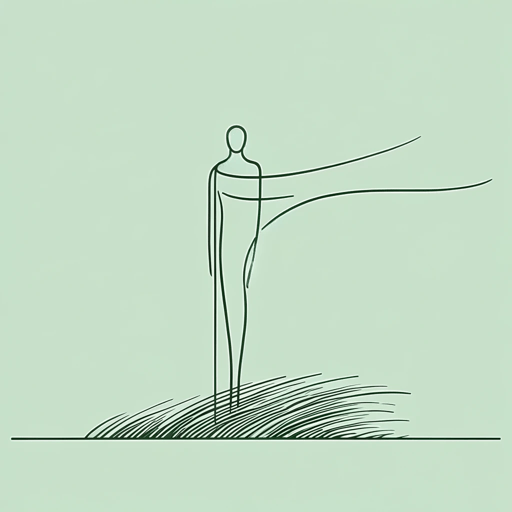
Wuthering Heights
Sylvia Plath
